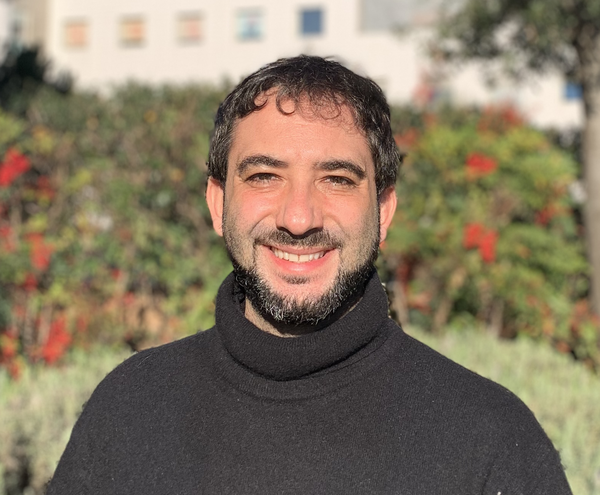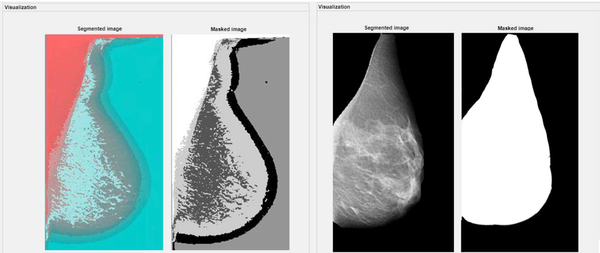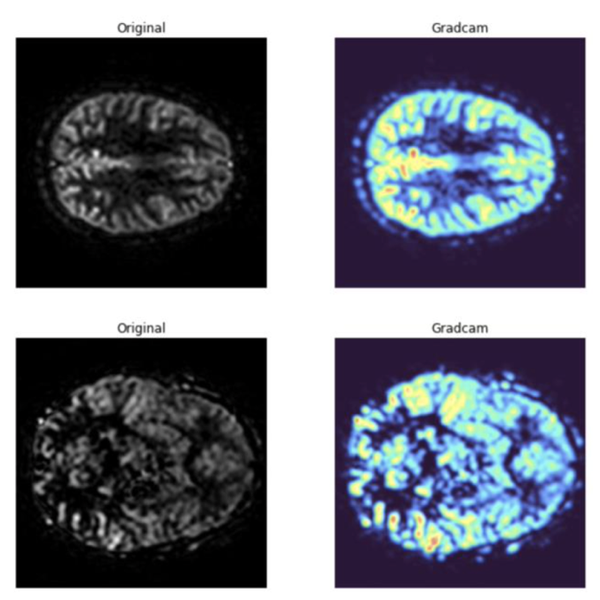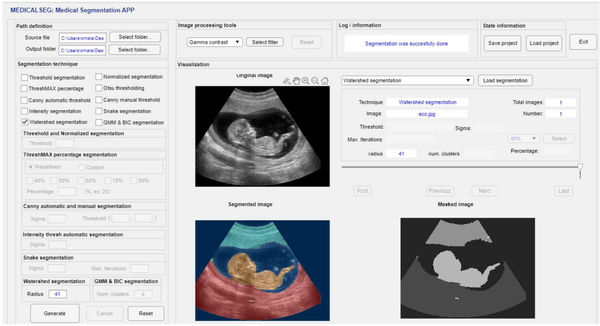Christian Mata

Department of Automatic Control (ESAII)
Universitat Politècnica de Catalunya (UPC)
Escola d'Enginyeria de Barcelona Est (EEBE)
Avinguda Maristany
Tel._ +34-93-413-7214
e-mail: christian.mata.at.upc.edu
Short CV
Studies
2021-2023: Postgraduate in University Teaching in Science, Technology, Engineering, Architecture, and Mathematics (STEAM). Universitat Politècnica de Catalunya, Barcelona (Spain)
2010-2015: PhD in the Advanced Physics program. PhD thesis title: Propagation of waves in excitable media under spatio-temporal forcing. Department Structure and Constituents of Matter, University of Barcelona.
2008-2009: Master Erasmus Mundus in Computer Vision and Robotics (VIBOT). Universitat de Girona (Spain), Heriot-Watt University (Scotland), Université de Bourgogne (France)
2004-2007: Degree on Computer Sciences. Universitat de Girona (UdG), Spain.
Teaching
2023-present: Assistant Professor at the Automatic Control Department (ESAII), Universitat Politècnica de Catalunya, EEBE, Barcelona (Spain)
2012-present: Vacataire Professor at Faculty of Medicine, Université de Bourgogne (France).
2016-2023: Adjunct Professor at the Automatic Control Department (ESAII), Universitat Politècnica de Catalunya, EEBE, Barcelona (Spain)
Research
2022–2023: Postdoctoral research contract. Toward a treatment guided by pathophysiology (SPIOMET4HEALTH_PCOS), funded by Hospital Sant Joan de Déu, Barcelona
2021–2022: Postdoctoral research contract. Node d’imatge computacional pediàtrica (PEDIATRIC_ICON), funded by Hospital Sant Joan de Déu, Barcelona
2020–2021: Postdoctoral research contract. Análisis computacional del impacto de riesgos genéticos y clínicos en la señalización molecular y disfunciones electrofisiológicas en fibrilación auricular, SAF2017-88019-C3-3-R - Análisis de datos multiescala en cardilogía traslacional funded by ANCORA, Universitat Politècnica de Catalunya (UPC).
2016–2020: Postdoctoral research contract. Wildland-Urban Interface VIrtual Essays Workbench, Validación de la capacidad predictiva de herramientas CFD en el análisis del riesgo de escenarios, funded by CERTEC, Universitat Politècnica de Catalunya (UPC).
2015–2016: Postdoctoral research contract. En Instrumentation et Informatique de l’Image. Laboratoire d'électronique et d'informatique de l'image (LE2I). Université de Bourgogne, Dijon (France).
Research Interests
Medical Image Processing
It has a strong interest in the application of image processing techniques to medical imaging, including segmentation, classification, and registration methods. Leveraging advanced algorithms and computational approaches, it aims to enhance the quality, accuracy, and efficiency of diagnostic procedures. With expertise spanning image processing, medical imaging, and registration techniques, it is committed to developing innovative solutions that improve patient care, enable early disease detection, and support personalized treatment strategies. By integrating these various techniques, it seeks to drive advancements in medical imaging and contribute to better healthcare outcomes.

Artificial intelligence

Medical Informatics and Telemedicine
Medical informatics harnesses technology to enhance healthcare through improved data management, streamlined communication, and innovative solutions. It encompasses Electronic Health Records (EHRs) for centralized patient information, telemedicine for remote consultations, advanced analytics for research and personalized medicine, interface applications for user-friendly access, medical architectures for system integration, and anonymization techniques to protect patient privacy. These tools empower healthcare providers to make informed decisions, optimize patient care, and improve outcomes effectively and securely.

Share: